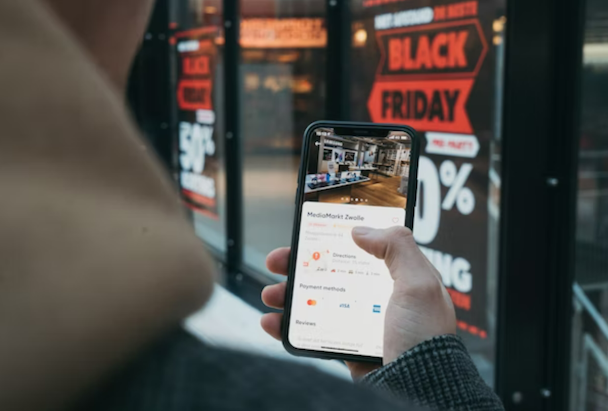3 things retailers need to do to prepare for the bleakest Black Friday to date
The annual sales extravaganza comes as rising inflation and a cost of living crisis hit consumer spending. As part of our Evolution of E-commerce Deep Dive, strategist Matt Rhodes offers advice on how retailers can cut through.

Black Friday 2022 predictions
Black Friday 2022 looks bleak: a recession as long as the financial crisis of 2008, inflation at a 42-year high and an energy bill crisis the scale of the pandemic. YouGov research from August 2022 tells us that 74% of people in the UK expect to have to reduce spending, with 24% expecting to have to cut back on essentials.
The life of many consumers will be difficult, but the data only hints at the complexity of the behavioral changes that will follow.
Yes many, perhaps most, will have less cash to spend. Some will not be able to spend beyond the essentials, but for others, having less cash to spend will mean making more conscious choices when they do have to buy something. They might be trading down to a cheaper brand or they could have to rethink a purchase entirely – bunk bed sales might increase rather than people moving to a home with the additional bedroom they need, or people might invest in entertainment at home knowing they won’t want to spend money on time out of the house at cinemas, pubs and restaurants.
So we should expect spending to reduce overall – and life to be harder for many people. But this does not mean that spend disappears. Rather, the way consumers behave will change in three broad ways.
Advertisement
First, the value and importance put on every buying decision will increase and these decisions will be made more actively. Second, people will more consciously make purchase decisions and so will need more information and support to help them decide. Finally, they will look to get the best deal for them for the purchases they do need to make.
In this context, brands could find themselves serving new customers who are trading down or even coming in from a different category, customers who are more price sensitive and looking for bargains, and customers who need more information to help them make informed decisions. So what should brands do as they face a key sales period like Black Friday?
1. Spend rather than scrimp on marketing
We know that there is strong evidence to show that, in times of recession, brands should maintain or even increase both their marketing and advertising budgets. But this doesn’t just mean do more of the same during this time, particularly during a heavy trading period like Black Friday.
2. Get the message right
Many brands will find the shift in purchasing behaviors means they are considered by a new audience, while existing customers no longer revert to them by default , meaning there is a need to actively review the audience that brands are reaching with their advertising and the most compelling and motivating messages for them. These will certainly have changed and now is a good time to review target personas as well as what we understand about them in the current macroeconomic and consumer context.
Advertisement
There is also a need to make sure marketing messages strike the right tone, especially in the context of a heavy sales-driving period like Black Friday. Overtly salesy messages may not be best received by consumers – a better option is using clear information to help them make good choices, while highlighting how they will save money by buying now. This is a difficult balance to get right but national polling combined with first-party data and social listening will provide a sense of the nation’s zeitgeist and highlight specific category issues. Nuance and sympathy for the audience’s mood and needs must be considered, and although this doesn’t necessarily mean repositioning a whole brand, for many the messaging will need to flex.
3. Customer experience is often a brand’s time to shine
While CX wasn’t a huge marketing priority during recessions of the past, this time will be different. That’s because when consumers’ money and time is stretched but they need to make more active decisions about their purchases, offering an easy, convenient and frictionless experience can deliver real, meaningful value to them.
Great CX not only increases loyalty and word of mouth, it can be weaponized as a competitive advantage for many brands. Kantar estimates that paid media typically only delivers 25% of all touchpoint impact, while other touchpoints like product experiences and word of mouth can contribute up to 75%.
Suggested newsletters for you
For brands to make the most of the opportunities that will exist this Black Friday, they need to understand how the current economic and consumer environment has changed their target audiences, what motivates consumers and what information they now need. Brands need to be sensitive to the national zeitgeist and the very difficult financial situation that many will be facing or fearing. But mostly, brands need to be considering the totality of their brand and how it’s delivering value to customers across all marketing and CX touchpoints.
Matt Rhodes is chief strategy officer at House 337. For more on the Evolution of E-commerce, check out The Drum’s latest Deep Dive.
